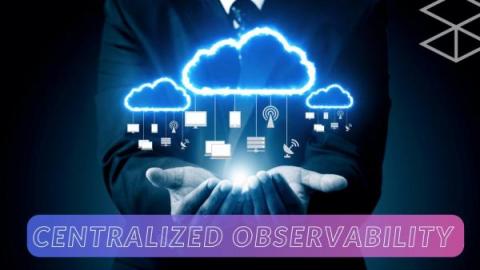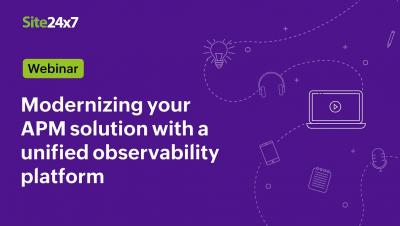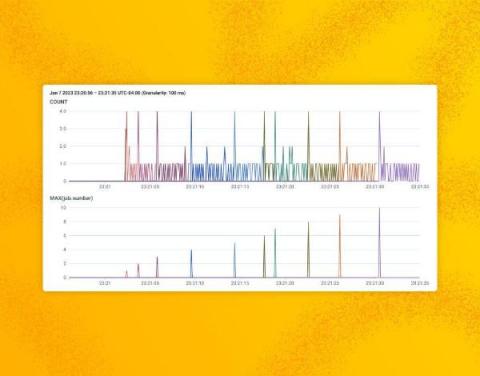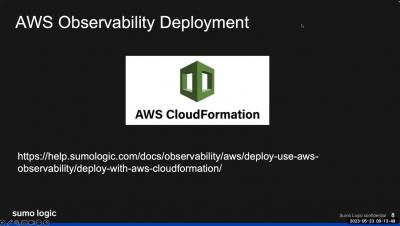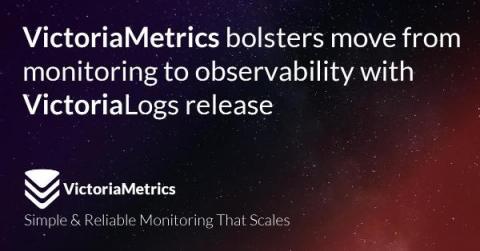Centralized Observability: What, Why, and How?
Centralized Observability may not be a buzzword but its practicality and importance can’t be denied. Let’s see why is that. As DevOps and IT teams recognize the importance of Observability, it becomes a critical component to monitor the stack and ensure data reliability. That being said, enterprises are rapidly embracing modern data stacks to harness the power of data. Therefore, a host of platforms require data observability as a tool for reliable and trustworthy data management.


